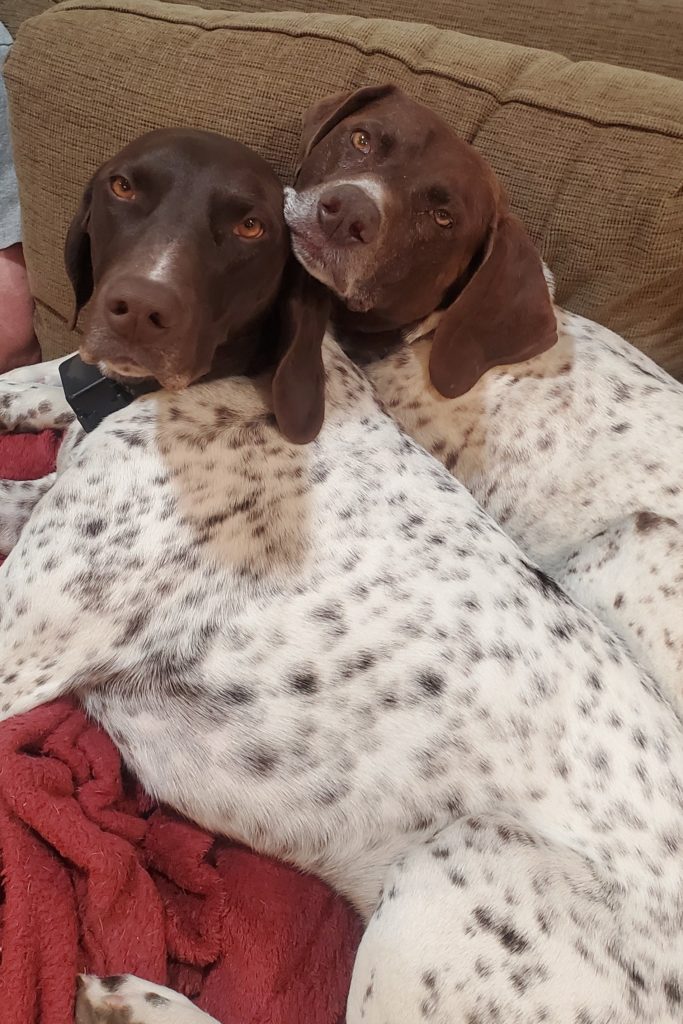Hill Engineering will be presenting at the upcoming SEM Annual Conference and Exposition on Experimental and Applied Mechanics in Pittsburgh, PA on June 13th through June 16th. We invite you to come see us!
This conference focuses on all areas of research and applications pertaining to experimental mechanics, and has evolved to encompass the latest technologies supporting optical methods; additive & advanced manufacturing; dynamic behavior of materials; biological systems; micro-and nano mechanics; fatigue and fracture; composite and multifunctional materials; residual stress; inverse problem methodologies; thermomechanics; and time dependent materials. Hill Engineering’s presentation will include a summary of recent work related to residual stress measurement using slotting. The abstract text is presented below.
Continue reading 2022 SEM Annual Conference and Exposition on Experimental and Applied Mechanics
